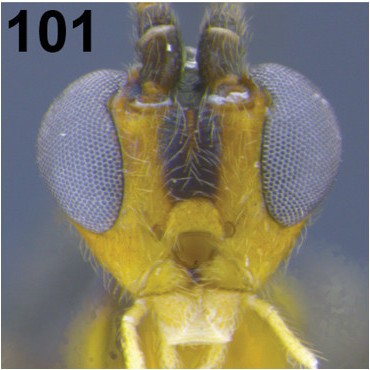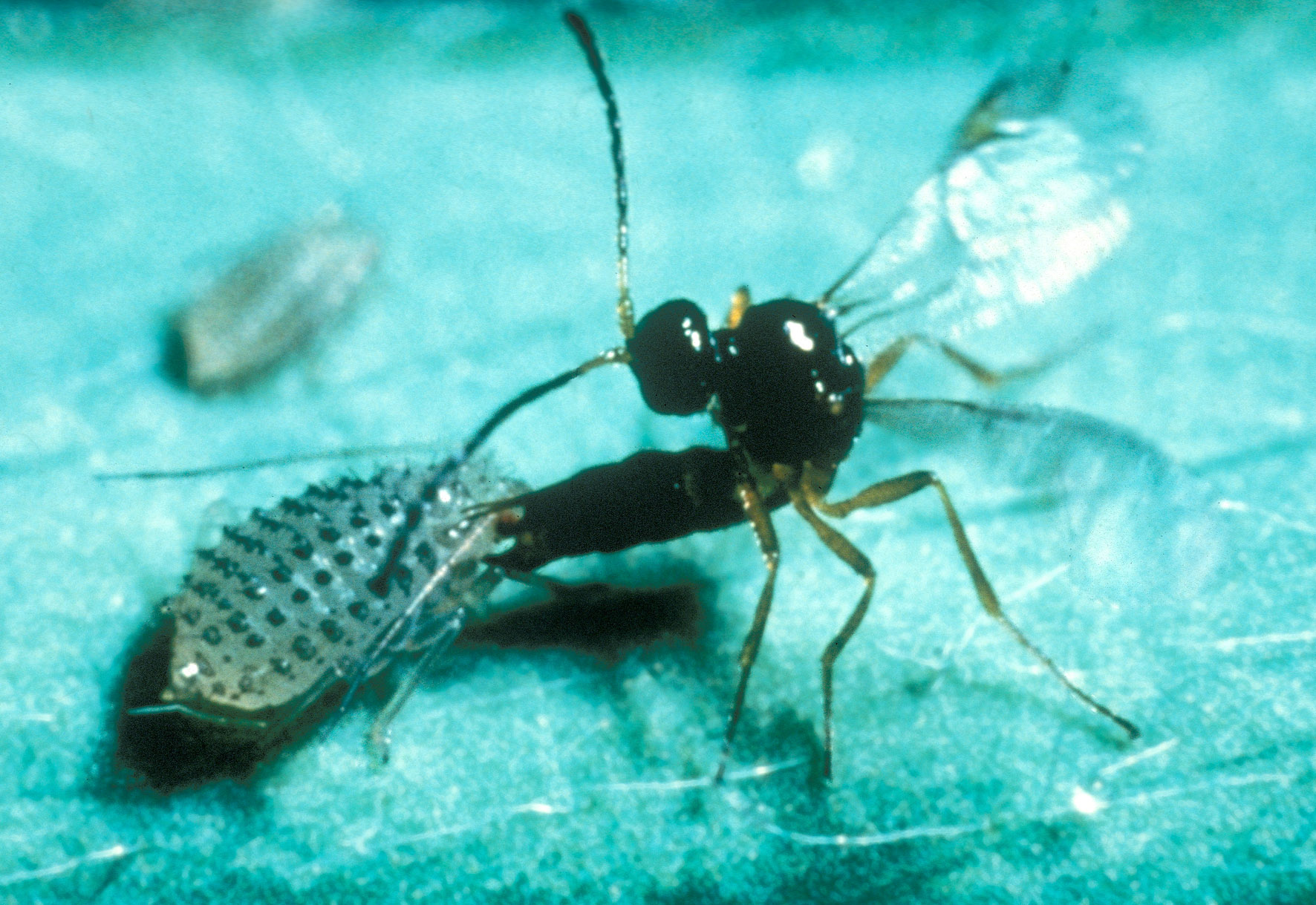|
Pennisetia Hylaeiformis
''Pennisetia hylaeiformis'', the raspberry clearwing, is a moth of the family Sesiidae. Subspecies *''Pennisetia hylaeiformis hylaeiformis'' *''Pennisetia hylaeiformis assimilis'' Arita, 1992 Distribution This species can be found in most of North and Central Europe. It is also present in Caucasus, Transcaspia, Siberia, Manchuria and Japan. Description ''Pennisetia hylaeiformis'' can reach a wingspan of 22–32 mm. These moths have brown forewings characterized by a narrow transparent wedge shaped area and by a small three-cell outer window. The veins M3 and Cu1 of the hind wings are long stalked. The thorax is black, with a yellow collar and two yellow stripes on mesonotum. In males the abdomen shows four yellow bands of the same width on seg IV to VII, while females have three bands only (on seg IV to VI), with an orange-brown tail. Antennae are cristate and double-crescent-like shaped in males, while in females they are setaceous. The caterpillars are whitish and have a ... [...More Info...] [...Related Items...] OR: [Wikipedia] [Google] [Baidu] |
Jakob Heinrich Laspeyres
Jakob Heinrich Laspeyres (; 9 April 1769, Berlin – 28 November 1809, Berlin) was a German entomologist especially interested in Lepidoptera. He was a Bürgermeister in Berlin. Laspeyres collection is in Museum für Naturkunde. The '' Laspeyresia
''Laspeyria'' is a genus of moths of the family Erebidae erected by Ernst Friedrich Germar in 1810.
Taxonomy
The genus has previously been classified in the ...
[...More Info...] [...Related Items...] OR: [Wikipedia] [Google] [Baidu] |
Rubus Fruticosus
''Rubus fruticosus'' L. is the ambiguous name of a European blackberry species in the genus '' Rubus'' in the rose family. The name has been interpreted in several ways: *The species represented by the type specimen of ''Rubus fruticosus'' L., which is also the type specimen of the genus ''Rubus''. This specimen is considered to match the species '' R. plicatus'', in ''Rubus'' subgenus ''Rubus'', section ''Rubus''. * Various species consistent with Linnaeus' original description of the species, which was based on a mixture of specimens now considered to match '' Rubus ulmifolius'' and ''R. plicatus'' *a species aggregate (group of similar species) ''Rubus fruticosus'' agg. (a '' nomen ambiguum'') that includes most (or rarely all) of a group called ''Rubus'' subgenus ''Rubus'' (or less often: ''Rubus'' section ''Rubus'' ensu latissimo): ** in a narrow sense, sometimes separated as the section ''Glandulosus'' (alternative name: subsection ''Hiemales''), with about 289 mic ... [...More Info...] [...Related Items...] OR: [Wikipedia] [Google] [Baidu] |
Moths Of Japan
Moths are a paraphyletic group of insects that includes all members of the order Lepidoptera that are not butterflies, with moths making up the vast majority of the order. There are thought to be approximately 160,000 species of moth, many of which have yet to be described. Most species of moth are nocturnal, but there are also crepuscular and diurnal species. Differences between butterflies and moths While the butterflies form a monophyletic group, the moths, comprising the rest of the Lepidoptera, do not. Many attempts have been made to group the superfamilies of the Lepidoptera into natural groups, most of which fail because one of the two groups is not monophyletic: Microlepidoptera and Macrolepidoptera, Heterocera and Rhopalocera, Jugatae and Frenatae, Monotrysia and Ditrysia.Scoble, MJ 1995. The Lepidoptera: Form, function and diversity. Oxford, UK: Oxford University Press; 404 p. Although the rules for distinguishing moths from butterflies are not well esta ... [...More Info...] [...Related Items...] OR: [Wikipedia] [Google] [Baidu] |
Moths Described In 1801
Moths are a paraphyletic group of insects that includes all members of the order Lepidoptera that are not butterflies, with moths making up the vast majority of the order. There are thought to be approximately 160,000 species of moth, many of which have yet to be described. Most species of moth are nocturnal, but there are also crepuscular and diurnal species. Differences between butterflies and moths While the butterflies form a monophyletic group, the moths, comprising the rest of the Lepidoptera, do not. Many attempts have been made to group the superfamilies of the Lepidoptera into natural groups, most of which fail because one of the two groups is not monophyletic: Microlepidoptera and Macrolepidoptera, Heterocera and Rhopalocera, Jugatae and Frenatae, Monotrysia and Ditrysia.Scoble, MJ 1995. The Lepidoptera: Form, function and diversity. Oxford, UK: Oxford University Press; 404 p. Although the rules for distinguishing moths from butterflies are not well esta ... [...More Info...] [...Related Items...] OR: [Wikipedia] [Google] [Baidu] |
Macrocentrus Marginator
''Macrocentrus'' is a genus of braconid wasps in the family Braconidae. There are at least 180 described species in ''Macrocentrus''. See also * List of Macrocentrus species This is a list of 189 species in ''Macrocentrus'', a genus of braconid wasps in the family Braconidae. ''Macrocentrus'' species * '' Macrocentrus aegeriae'' Rohwer, 1915 * '' Macrocentrus affinis'' Muesebeck, 1932 * '' Macrocentrus albitarsis'' G ... References Further reading * * * External links * Parasitic wasps {{ichneumonoidea-stub ... [...More Info...] [...Related Items...] OR: [Wikipedia] [Google] [Baidu] |
Bracon Erraticus
Bracon is a hamlet in North Lincolnshire, England. Bracon lies within the Isle of Axholme and the civil parish In England, a civil parish is a type of Parish (administrative division), administrative parish used for Local government in England, local government. It is a territorial designation which is the lowest tier of local government below district ... of Belton, a village to the north to which the hamlet is conjoined. Villages in the Borough of North Lincolnshire {{Lincolnshire-geo-stub ... [...More Info...] [...Related Items...] OR: [Wikipedia] [Google] [Baidu] |
Apanteles Glomeratus
''Cotesia glomerata'', the white butterfly parasite, is a small parasitoid wasp species belonging to family Braconidae. It was first described by Carl Linnaeus in his 1758 publication 10th edition of Systema Naturae. Description The adults of ''Cotesia glomerata'' can reach a length of . This small braconid wasp is black, with two pairs of wings. It can parasitize a wide range of ''Pieris'' butterfly species as host, but the large white ('' Pieris brassicae'') and small white ('' Pieris rapae'') are the main hosts. The adults feed on nectar. Life cycle After hatching from the pupae, females mate almost immediately and begin laying eggs.Cornell University College of Agricultural and Life ScienceCotesia (=Apanteles) glomerata (Hymenoptera: Braconidae) The eggs are laid in the larvae of butterflies known as caterpillars, where the ''C. glomerata'' larvae develop; multiple eggs numbering between 16–52 are deposited in each caterpillar. After 15 to 20 days the larvae emerge ... [...More Info...] [...Related Items...] OR: [Wikipedia] [Google] [Baidu] |
Braconidae
The Braconidae are a family of parasitoid wasps. After the closely related Ichneumonidae, braconids make up the second-largest family in the order Hymenoptera, with about 17,000 recognized species and many thousands more undescribed. One analysis estimated a total between 30,000 and 50,000, and another provided a narrower estimate between 42,000 and 43,000 species. Classification The Braconidae are currently divided into about 47 subfamilies and over 1000 genera, which include '' Aerophilus'', '' Aleiodes'', '' Apanteles'', '' Asobara'', '' Bracon'', '' Cenocoelius'', '' Chaenusa'', '' Chorebus'', ''Cotesia'', '' Dacnusa'', ''Diachasma'', ''Microgaster'', '' Opius'', '' Parapanteles'', '' Phaenocarpa'', '' Spathius'', and '' Syntretus.'' These fall into two major groups, informally called the cyclostomes and noncyclostomes. In cyclostome braconids, the labrum and the lower part of the clypeus are concave with respect to the upper clypeus and the dorsal margin of the mandi ... [...More Info...] [...Related Items...] OR: [Wikipedia] [Google] [Baidu] |
Ichneumonidae
The Ichneumonidae, also known as the ichneumon wasps, Darwin wasps, or ichneumonids, are a family of parasitoid wasps of the insect order Hymenoptera. They are one of the most diverse groups within the Hymenoptera with roughly 25,000 species currently described. However, this likely represents less than a quarter of their true richness as reliable estimates are lacking, along with much of the most basic knowledge about their ecology, distribution, and evolution.Quicke, D. L. J. (2015). The braconid and ichneumonid parasitoid wasps: biology, systematics, evolution and ecology. Chichester: John Wiley & Sons, Ltd. Ichneumonid wasps, with very few exceptions, attack the immature stages of holometabolous insects and spiders, eventually killing their hosts. They thus fulfill an important role as regulators of insect populations, both in natural and semi-natural systems, making them promising agents for biological control. The distribution of the ichneumonids was traditionally consi ... [...More Info...] [...Related Items...] OR: [Wikipedia] [Google] [Baidu] |
Parasitoid
In evolutionary ecology, a parasitoid is an organism that lives in close association with its host (biology), host at the host's expense, eventually resulting in the death of the host. Parasitoidism is one of six major evolutionarily stable strategy, evolutionary strategies within parasitism, distinguished by the fatal prognosis for the host, which makes the strategy close to predation. Among parasitoids, strategies range from living inside the host (''endoparasitism''), allowing it to continue growing before emerging as an adult, to Paralysis, paralysing the host and living outside it (''ectoparasitism''). Hosts can include other parasitoids, resulting in hyperparasitism; in the case of oak galls, up to five levels of parasitism are possible. Some parasitoids Behavior-altering parasite, influence their host's behaviour in ways that favour the propagation of the parasitoid. Parasitoids are found in a variety of Taxon, taxa across the insect superorder Endopterygota, whose compl ... [...More Info...] [...Related Items...] OR: [Wikipedia] [Google] [Baidu] |
.jpg)




